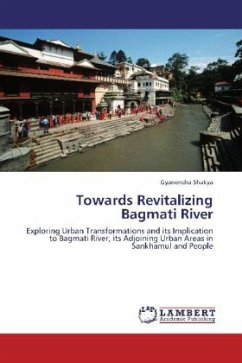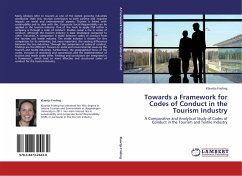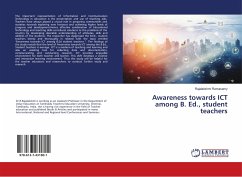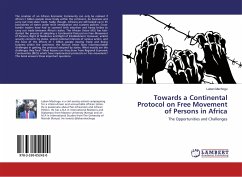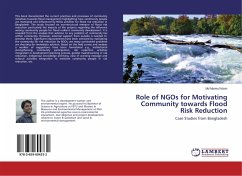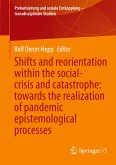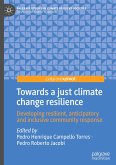Historic cites of Nepal is under unprecedented transformations in recent few decades due to rapid urbanization. This wave has bulldozed traditional character of the city layout as well as altered the cultural values based on socio-ecological relations vastly. In addition, the inability to manage these changes resulted in a process of successive degradation of the river and urban environment of the city. This work takes cultural sites along the Bagmati River, especially Shankhamul area as a focus to review nature of transformations; to find out nature of connectedness of the stakeholders with the place; to dig out extant local knowledge and culture. It sees situation from the 'culture as resource' perspective. This development thinking sees the local culture as the ripened local knowledge to cope with nature and changes, and suggests treating them as asset integrating with modern scientific knowledge.

